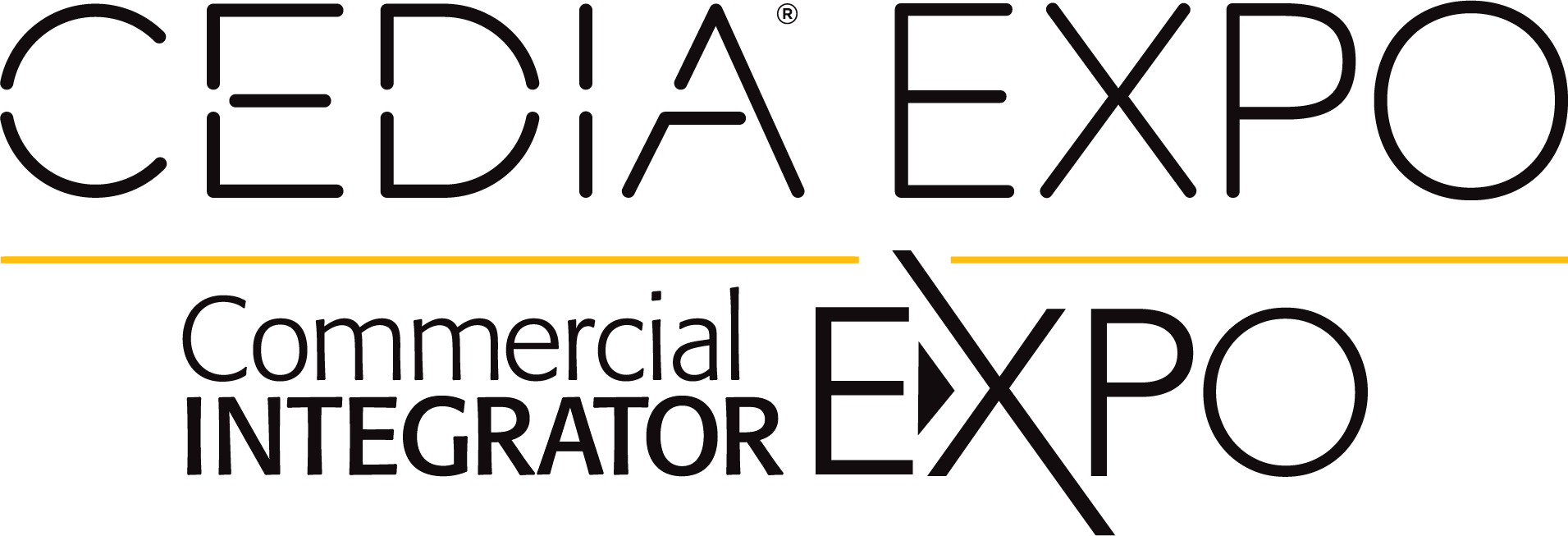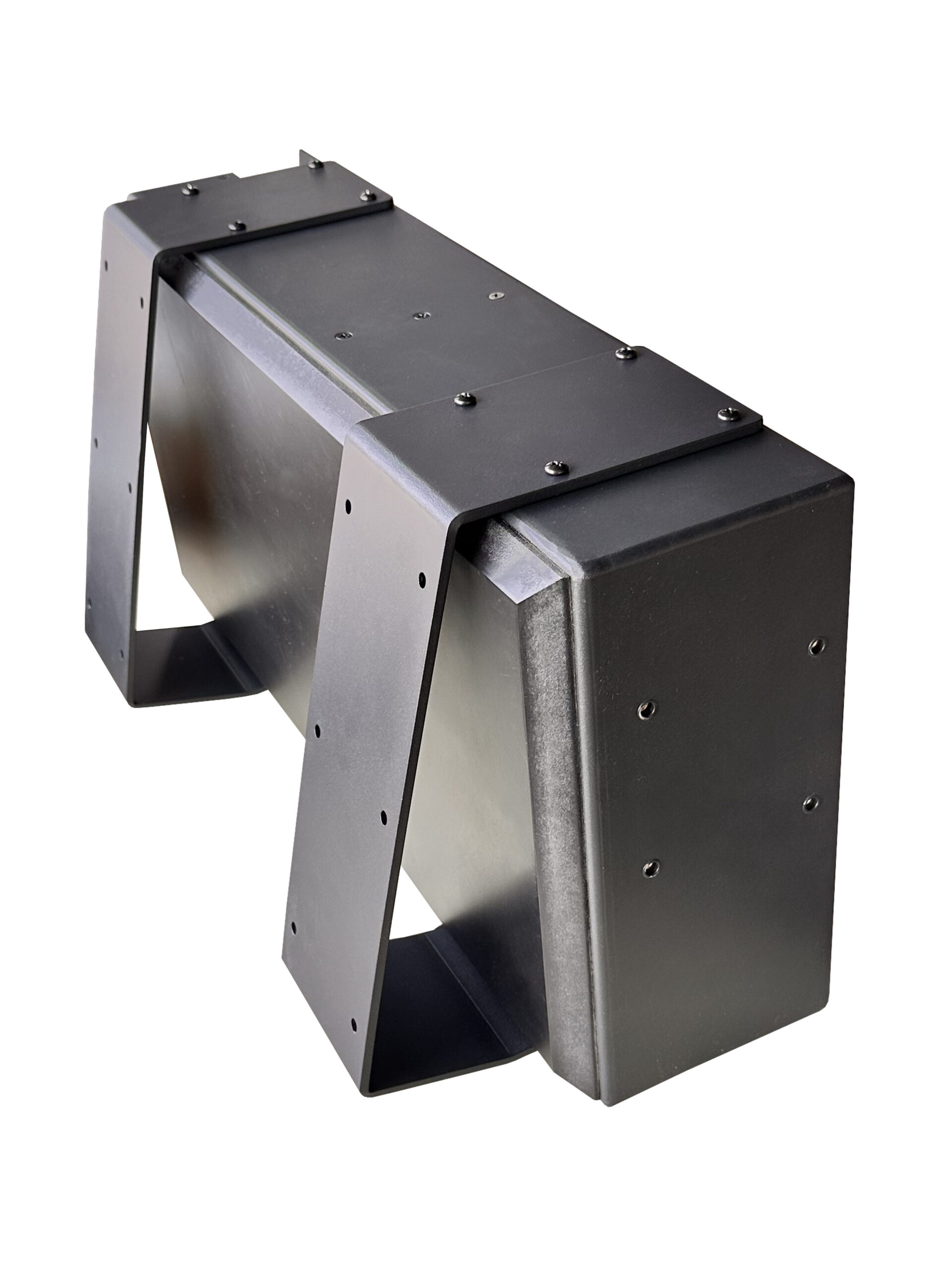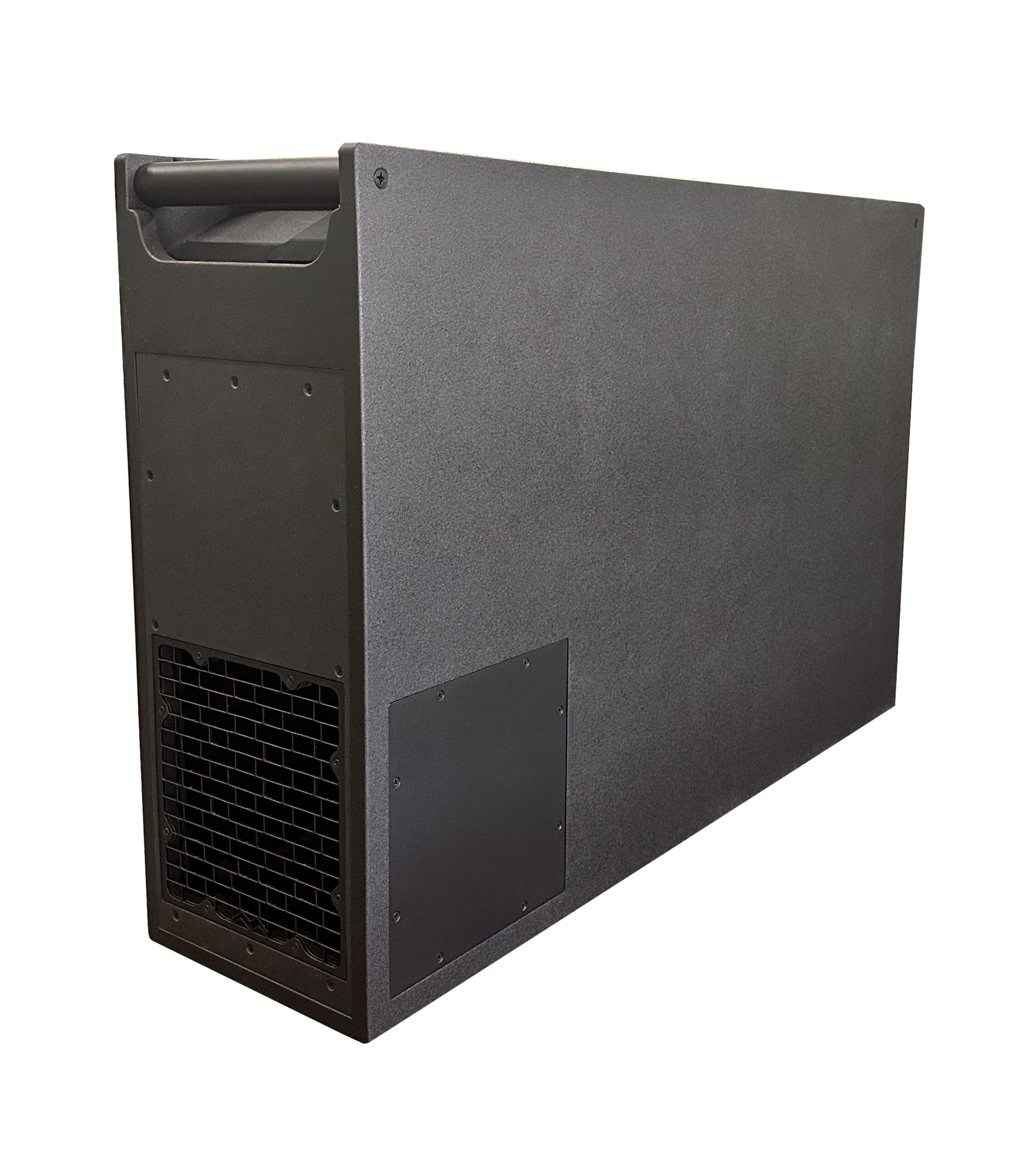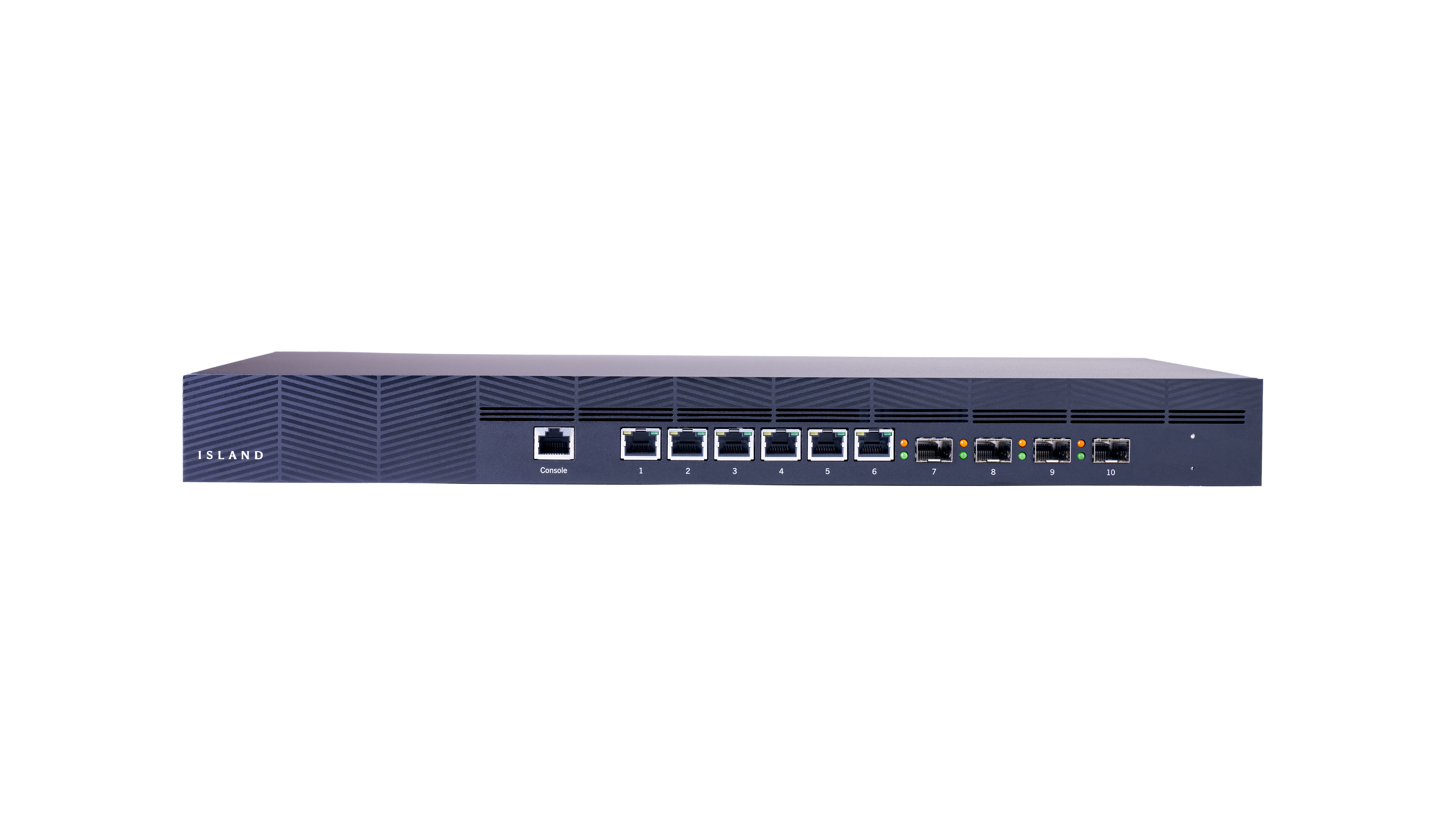In our introductory email, we met Mike, an international commercial integrator and smart device manufacturer, with a vision for, and some challenges with, the new BLE Mesh standard. Mike shared his thoughts on the great potential of the standard, but also the roadblocks in seeing his full vision through.
As with any integrator business, the embedded, existing operational challenges and questions remain. Do I understand each customer’s business, and how they intend to use the data? Can I weave together old tech and new? Do I have the right tools to accomplish my tasks? And most importantly, can I get the job done right, on or ahead of schedule, and with the right quality controls in place, to limit service calls?
With the status quo as the backdrop, and the BLE Mesh standard available, the discussion turned to what an ideal state would look like. Could the new standard be leveraged to improve device provisioning, security, sensor interoperability, network performance and overall installation quality.
The discussion started where most integrators would expect, time. Sure the new BLE Mesh standard offers a superior approach to network design (no central hub reliance), the actual provisioning of the devices onto a common network was tremendously time consuming. Learning curve aside, any of the available tools were complex to use, and required significant hours, prompting Mike to call this meeting. The question: are the benefits of Mesh worth the effort to integrate it?
Beyond the time to provision, another promise, and also requirement of the Mesh standard is device interoperability. To bring the full value of Mesh to the market, provisioning time and device interoperability would need to be addressed in a better way.
One by one, Mike discussed the challenges/opportunities with BleedIO’s CEO, and one by one, they arrived at solutions…at least theoretically…for now. In part 3 we will introduce what actions the BleedIO team pursued after the initial meeting, and how they significantly improved the netMESH product development by including Mike and his integration staff, throughout the process.








